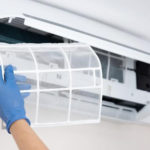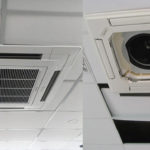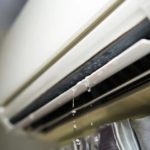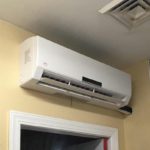Fix Air Conditioner Drainage Issues This Summer
During the scorching summer months, air conditioners are an essential cooling appliance in every household. They quickly lower the indoor temperature, shielding us from the oppressive heat. However, in the process of cooling, air conditioners condense moisture from the air into water droplets, which are then discharged through a drain pipe.
Many people tend to position the AC drain pipe randomly outside the wall, resulting in water dripping down the wall. Over time, the exterior walls can become wet from the AC water, leading to potential discoloration and moss growth, severely impacting the appearance of the walls. When confronted with this issue, a common solution considered is to attach a longer pipe to extend the drainage. Yet, we can easily address this problem simply by utilizing a piece of scrap iron wire. Read on to discover the specific steps to make this happen!
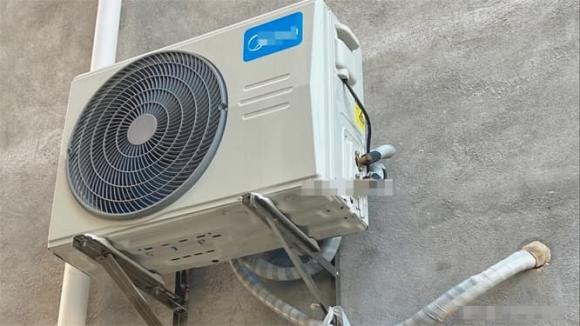
Air conditioners are a must-have to beat the summer heat.
We all know that if the drain pipe is left unsecured, it will rest against the wall, causing water to run down its surface. To prevent this, simply use a piece of iron wire. If you don’t have any iron wire at home, you can purchase an old clothes hanger made of iron wire. First, use pliers to cut a horizontal section of the wire from the bottom of the hanger.
The following step is to extend this iron wire from the AC’s drain pipe. Since the wire can be bent, simply curve it inside the drainpipe to direct the pipe’s outflow away from the wall. The exact shape of the bend is not fixed; form the wire into any shape as long as the bottom of the drainpipe is angled away from the wall. With this adjustment, you’ll notice that the water discharged from the AC will no longer run down the wall, keeping it dry and preventing dampness and mold.
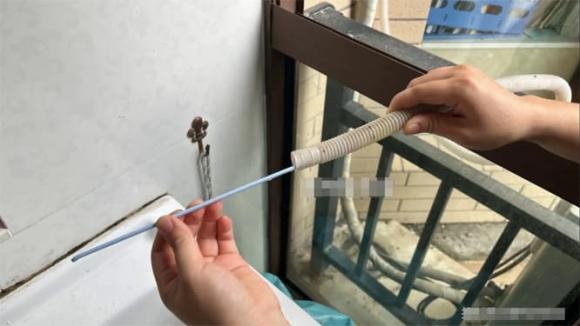
Alternatively, place a bucket under the drainpipe to collect the water.
Another option is to place a bucket under the drainpipe to catch the water. Some might think that the amount of water is negligible, but in reality, if the AC runs for an hour, it can discharge about 0.5 to 1 liter of condensed water. The lower you set the AC temperature, the more condensation will form. With the current hot weather, the AC is likely to be on almost 24 hours a day. If you have multiple AC units, collecting this condensation water can be quite efficient and economical.
Here are some ways you can reuse the condensed water from your AC:
Flushing toilets: Toilets are frequently used and require a significant amount of water to flush. Using the condensed water from the AC for this purpose saves water and helps prevent buildup and stains. This water is naturally condensed pure water, free from impurities.
Mopping floors: The condensed water can be used to mop floors, allowing for water reuse and maintaining clean floors.
Watering plants: This water is also suitable for watering flowers and plants, providing them with fresh water for growth.
Filling fish tanks: Using the condensed water for your fish tanks creates a healthy living environment for your aquatic pets.
These practices not only conserve resources but also help reduce your water bills, offering a double benefit.
Does using an air conditioner with high flow rate consume more electricity?
Water leakage from air conditioners is a common issue that many people are concerned about, as it raises questions about whether it will increase their electricity bill.
























